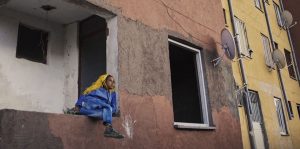
So often, we don’t think too much about the world beyond the space we inhabit. Living in New York City, gentrification is a huge issue that I could write an entire article on in and of itself. Gentrification is rampant across the United States from Atlanta to Los Angeles to Austin. Something I have to admit is that I’ve been so preoccupied with the effects of gentrification on my own city that I never stopped to consider that people are over the world are facing its devastating blow. Then I watched Mo Scarpelli’s Anbessa.
Anbessa is a documentary set in farmland right on the outskirts of Addis Ababa, Ethiopia. Asalif Tewold and his mother live in a hut and conduct their lives the way they’ve always known how. They’re by no means completely primitive, but by comparison with the gargantuan condo complex that is encroaching on the land which they’ve always lived, it seems like the middle ages. Therein lies the gentrification I was talking about. It’s everywhere, and that’s the crux of Anbessa. How will Asalif and his mother, along with all the other members of their community, continue with their lives as usual? The condos were built over teff farms that had been there for more than a thousand years. What will the people who can’t afford to live in these condos do for themselves? Additionally, with their habitats being taken away, hyenas become a big problem for the denizens of the farmland outside of the condos.
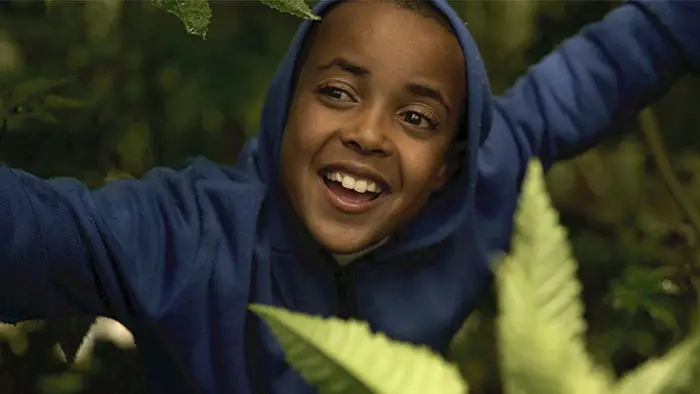
“Anbessa is the Ethiopian word for lion, which is a totem that Asalif clings to for strength in an uncertain time.”
While Anbessa is theoretically a documentary, it is shot in a narrative fashion, in a somewhat Herzogian style. It is beautiful and lyrical and encompasses feelings rather than facts. Not that facts aren’t present, you just have to pay close attention to absorb them. It seems as though some of the scenes were scripted, which brings Errol Morris to mind. Scarpelli does put his own stamp on the film, composing some very unique shots of the Ethiopian countryside. Asalif is also a very likable protagonist, a smart, industrious kid who is resistant to, yet also curious about his changing world. He’s great with electronics, building gadgets out of old phone parts, and random wiring. Anbessa is the Ethiopian word for lion, which is a totem that Asalif clings to for strength in an uncertain time. It’s easy for the audience to get invested in Asalif’s journey of discovery, of himself and the new world he must face.
The most important thing about Anbessa is that it is gorgeous. Scarpelli’s cinematography is visually arresting. The scenes where Asalif evokes the form of a lion stands out as something almost magical, but the entire film is impeccably shot. The performances that Scarpelli is able to get out of non-actors are fantastic, as well. It’s almost hard to remember that the film is a documentary, but it really skirts the line. Whatever you want to call it, though, Scarpelli’s exploration of modern-day Addis Ababa is incredibly fascinating, thought-provoking, and absolutely worth watching if you enjoy world cinema.
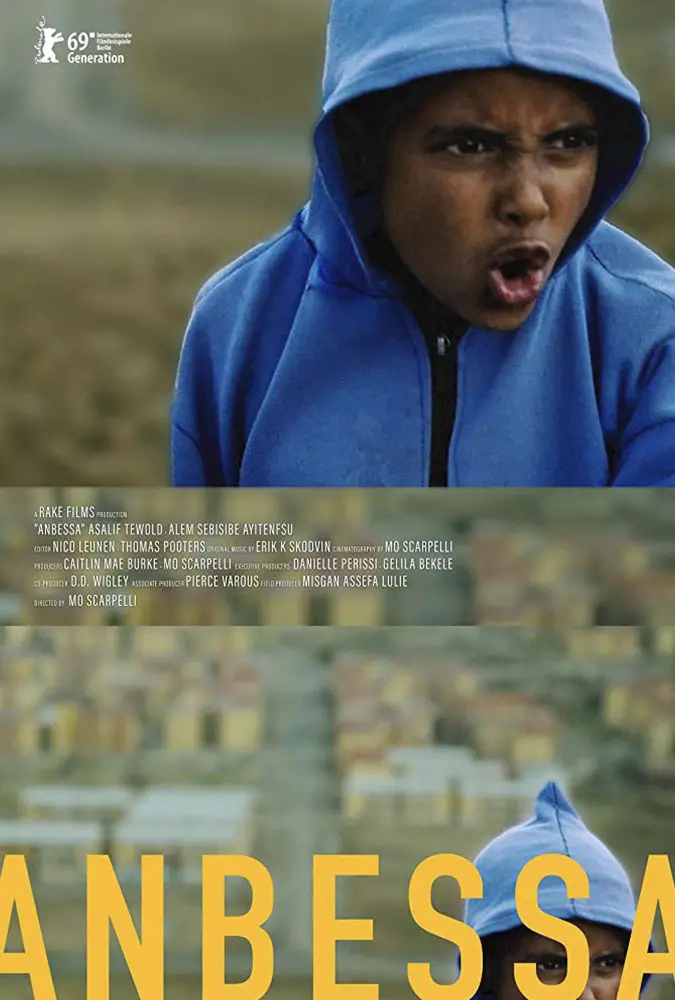
"…the condos were built over teff farms that had been there for more than a thousand years"
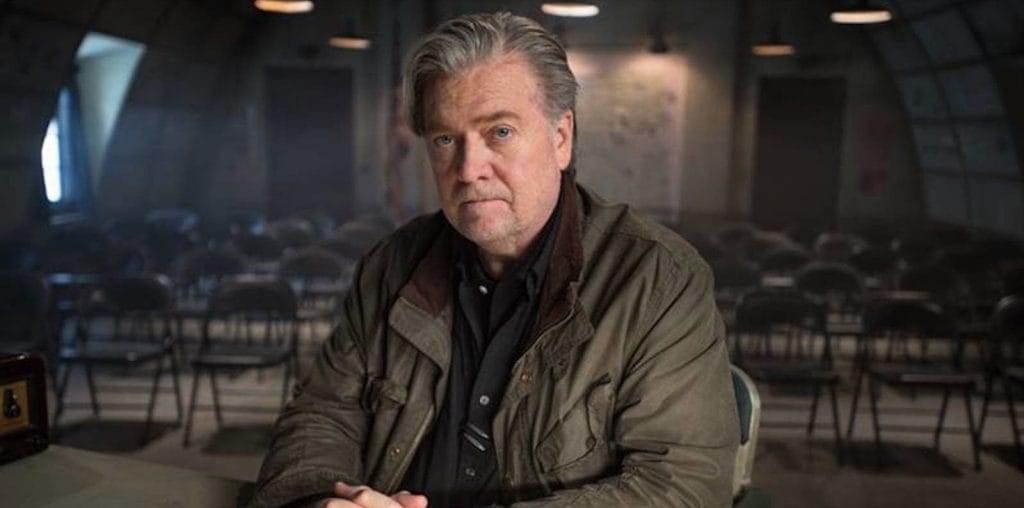
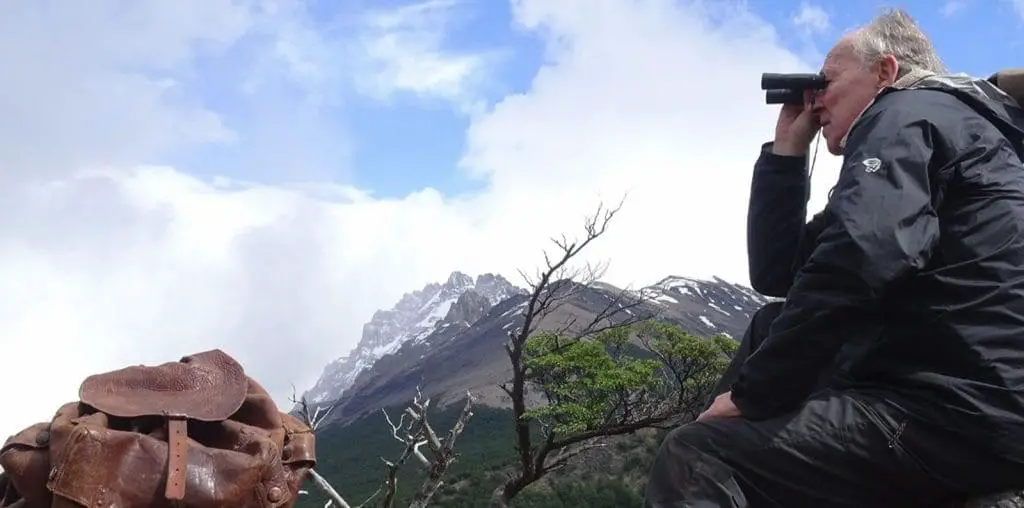
[…] *** “Visually arresting… incredibly fascinating and absolutely worth watching.” — Film Threat […]